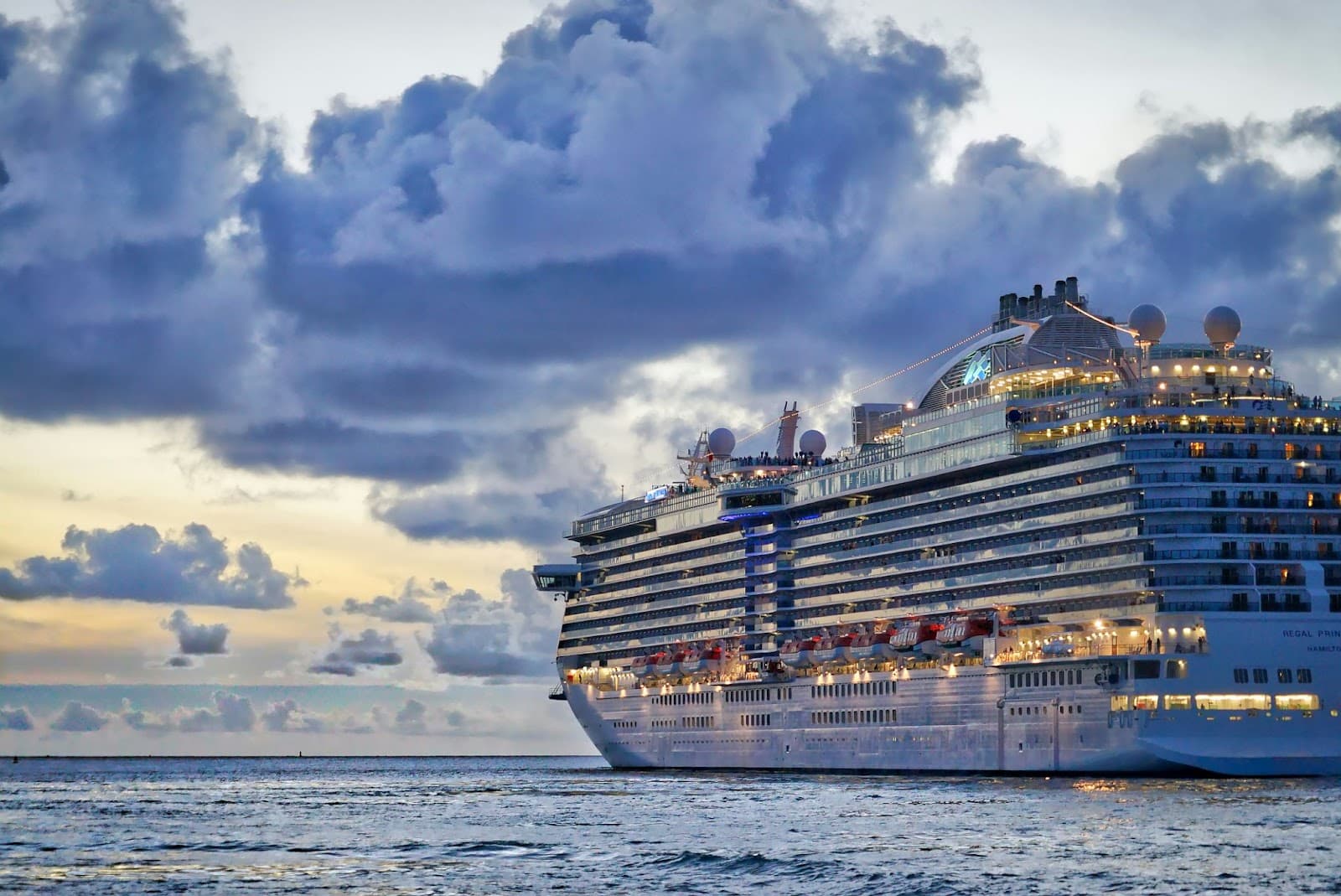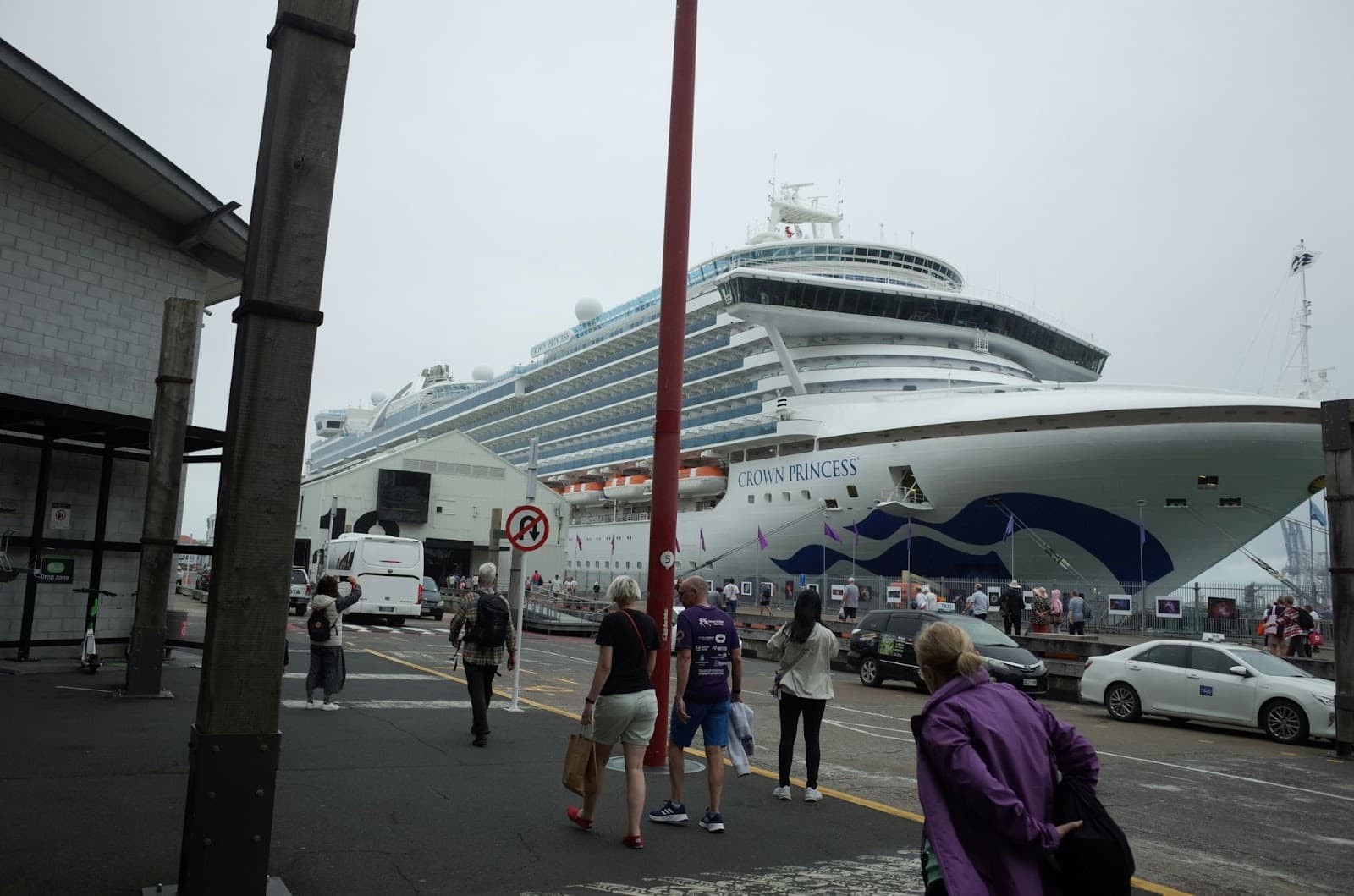Coral reefs, often referred to as the rainforests of the sea, are not only breathtakingly beautiful but also crucial ecosystems that support a wide array of marine life. These intricate structures are built by tiny coral polyps over an extended period, making them some of the oldest and most diverse ecosystems on the planet. In this comprehensive exploration, we will delve into the history and significance of the world’s oldest coral reefs, shedding light on their formation, unique characteristics, and ecological importance.
5. Red Sea Coral Reefs

Age: Estimated to be around 5,000 to 7,000 years
Formation Period: Holocene Epoch
The Red Sea, renowned for its stunning coral reefs, boasts a rich history dating back nearly 7,000 years. This world-famous SCUBA location is home to one of the oldest reef systems on the planet. Despite being relatively young compared to other ancient reefs, the Red Sea has garnered global recognition as a prime destination for SCUBA divers, researchers, and ocean enthusiasts alike.
The Red Sea’s Rich Biodiversity
Spanning approximately 2,000 kilometers, the Red Sea is adorned with fringing reefs that harbor a diverse range of marine life. From sea turtles and snakes to approximately 175 species of nudibranch and numerous shark species, this vibrant ecosystem is teeming with biodiversity. Additionally, the Red Sea’s reef system supports an abundance of stony coral, contributing to its allure as a haven for marine enthusiasts and scientists.
Unique Geological Features
The geological history of the Red Sea has played a pivotal role in shaping its coral reefs. The region’s tectonic activity and subsequent rift formation have contributed to the creation of its distinctive underwater landscapes. As a result, the Red Sea’s coral reefs stand as a testament to the enduring interplay between geological forces and marine life, offering a captivating glimpse into the Earth’s natural history.
Conservation Efforts and Challenges
Despite its ancient origins, the Red Sea’s coral reefs face modern-day threats, including climate change, pollution, and overfishing. Conservation initiatives and marine protected areas have been established to safeguard these invaluable ecosystems. Through concerted efforts, stakeholders aim to preserve the Red Sea’s coral reefs for future generations, underscoring the importance of sustainable practices and environmental stewardship.
| Species | Quantity |
|---|---|
| Sea Turtles | Abundant |
| Nudibranch Species | Approximately 175 species |
| Shark Species | Diverse range |
| Stony Coral | Abundance |
4. Tubbataha Reefs Natural Park, Philippines

Age: Estimated to be around 5,000 to 7,000 years
Formation Period: Holocene Epoch
Located in the Sulu Sea, the Tubbataha Reefs Natural Park in the Philippines stands as a testament to the enduring splendor of ancient coral reefs. With a history dating back thousands of years, this UNESCO World Heritage Site is celebrated for its exceptional biodiversity and pristine marine habitats.
Pristine Marine Ecosystem
The Tubbataha Reefs Natural Park encompasses a vast expanse of coral reefs, lagoons, and seagrass beds, providing a sanctuary for an extraordinary array of marine species. Its remote location and protected status have contributed to the preservation of its pristine ecosystems, allowing for the flourishing of diverse coral formations and marine life.
Conservation and Management
Recognizing the ecological significance of the Tubbataha Reefs, rigorous conservation measures and management strategies have been implemented to safeguard this invaluable marine park. Strict regulations, surveillance efforts, and stakeholder collaboration have been instrumental in preserving the park’s ecological integrity and promoting sustainable tourism practices.
Ecotourism and Research
The Tubbataha Reefs Natural Park serves as a hub for ecotourism and scientific research, attracting visitors and researchers from around the globe. Its unparalleled beauty and biological richness offer a unique opportunity for individuals to experience the wonders of the underwater world while contributing to ongoing conservation and research endeavors.
| Marine Species | Quantity |
|---|---|
| Coral Varieties | Diverse range |
| Fish Species | Abundance |
| Marine Mammals | Varied species |
| Seabirds | Flourishing populations |
3. Great Barrier Reef, Australia

Age: Estimated to be around 600,000 years
Formation Period: Pleistocene Epoch
Widely revered as one of the most iconic natural wonders, the Great Barrier Reef in Australia holds a storied past that spans hundreds of thousands of years. This colossal reef system, stretching over 2,300 kilometers, is a testament to the enduring legacy of ancient coral formations and the remarkable diversity of marine life they support.
Extraordinary Biodiversity
The Great Barrier Reef is renowned for its extraordinary biodiversity, encompassing a kaleidoscope of coral species, fish, marine mammals, and countless other organisms. Its intricate network of reefs, islands, and cays provides vital habitats for an extensive array of marine life, making it a globally significant ecological treasure.
Environmental Pressures and Resilience
In recent decades, the Great Barrier Reef has faced unprecedented challenges due to climate change, pollution, and human activities. Despite these pressures, the reef exhibits remarkable resilience, showcasing the adaptive capacity of coral ecosystems in the face of adversity. Ongoing research and conservation efforts aim to bolster the reef’s ability to withstand environmental stressors and promote its long-term viability.
Indigenous Connections and Cultural Significance
For millennia, the Great Barrier Reef has held profound cultural significance for Indigenous Australian communities, serving as a source of spiritual connection and traditional knowledge. The reef’s cultural heritage underscores the intrinsic link between Indigenous peoples and the natural world, highlighting the imperative of preserving both ecological and cultural heritage for future generations.
| Coral Species | Over 600 species |
|---|---|
| Fish Species | More than 1,500 species |
| Marine Mammals | Varied populations |
| Seabirds | Flourishing communities |
2. Eniwetok Atoll, Marshall Islands

Age: Estimated to be around 10,000 to 15,000 years
Formation Period: Holocene Epoch
Nestled within the Pacific Ocean, the Eniwetok Atoll in the Marshall Islands harbors a timeless treasure—a coral reef system that has thrived for millennia. With a history spanning thousands of years, this atoll exemplifies the enduring resilience and majesty of ancient coral formations in the midst of the vast ocean expanse.
Geological Splendor
The Eniwetok Atoll’s geological origins and unique topography have played a pivotal role in shaping its coral reef system. The atoll’s lagoon, expansive reef flats, and diverse reef structures contribute to its striking beauty and ecological significance, offering a glimpse into the dynamic interplay between geological processes and marine life.
Environmental Stewardship
Efforts to protect and conserve the Eniwetok Atoll’s coral reefs have been paramount in ensuring the longevity of this invaluable ecosystem. Collaborative initiatives involving local communities, governmental agencies, and conservation organizations have been instrumental in promoting sustainable practices, mitigating environmental threats, and fostering a deeper understanding of the atoll’s ecological complexities.
Scientific Exploration and Discovery
The Eniwetok Atoll serves as a living laboratory for scientific inquiry, drawing researchers and explorers eager to unravel its mysteries and understand the intricate dynamics of its coral reef ecosystems. Ongoing studies and monitoring programs provide valuable insights into the atoll’s ecological resilience, adaptation mechanisms, and responses to environmental changes.
| Coral Cover | Extensive reef formations |
|---|---|
| Fish Diversity | Abundance of species |
| Invertebrate Life | Rich and varied populations |
| Seagrass Beds | Vital habitats for marine life |
1. Chazy Fossil Reef, New York, USA

Age: Estimated to be well over 400 million years
Formation Period: Late Ordovician Period
As one of the oldest known coral reefs in the world, the Chazy Fossil Reef in New York stands as a testament to the enduring legacy of ancient marine ecosystems. Dating back over 400 million years, this fossilized reef offers a window into the distant past, providing invaluable insights into the evolution of coral reefs and the biodiversity they once supported.
Paleontological Marvel
The Chazy Fossil Reef represents a paleontological marvel, preserving a snapshot of prehistoric marine life and geological processes. Fossilized coral colonies, stromatolites, and other ancient remnants offer a rare glimpse into the ecological composition and environmental conditions of a bygone era, enriching our understanding of Earth’s geological history.
Geologic Heritage and Preservation
Designated as a National Natural Landmark, the Chazy Fossil Reef stands as a testament to the geological heritage of the United States. Preservation efforts and educational outreach initiatives aim to raise awareness about the reef’s historical significance, fostering appreciation for its ancient origins and the need to protect such invaluable geological treasures.
Educational and Scientific Significance
The Chazy Fossil Reef serves as an invaluable resource for scientific research, education, and public engagement. Its fossilized remains provide a wealth of information for paleontologists, geologists, and educators, offering a tangible link to the Earth’s ancient past and the evolutionary history of coral reefs and marine life.
| Fossilized Coral Colonies | Well-preserved specimens |
|---|---|
| Stromatolites | Ancient geological formations |
| Prehistoric Marine Life | Diverse and abundant |
| Geological Insights | Understanding Earth’s history |
Conclusion
In conclusion, the exploration of the world’s oldest coral reefs unveils a tapestry of ancient ecosystems that have endured for millennia, shaping the marine landscape and supporting a myriad of life forms. From the Red Sea’s vibrant fringing reefs to the fossilized remnants of the Chazy Fossil Reef, each of these ancient coral formations offers a unique perspective on the interplay between geological history, ecological diversity, and human stewardship. As we continue to unravel the mysteries of these ancient reefs, it becomes increasingly apparent that their preservation is not only essential for ecological balance but also for enriching our understanding of the Earth’s natural history and the wondrous diversity of life beneath the waves.



